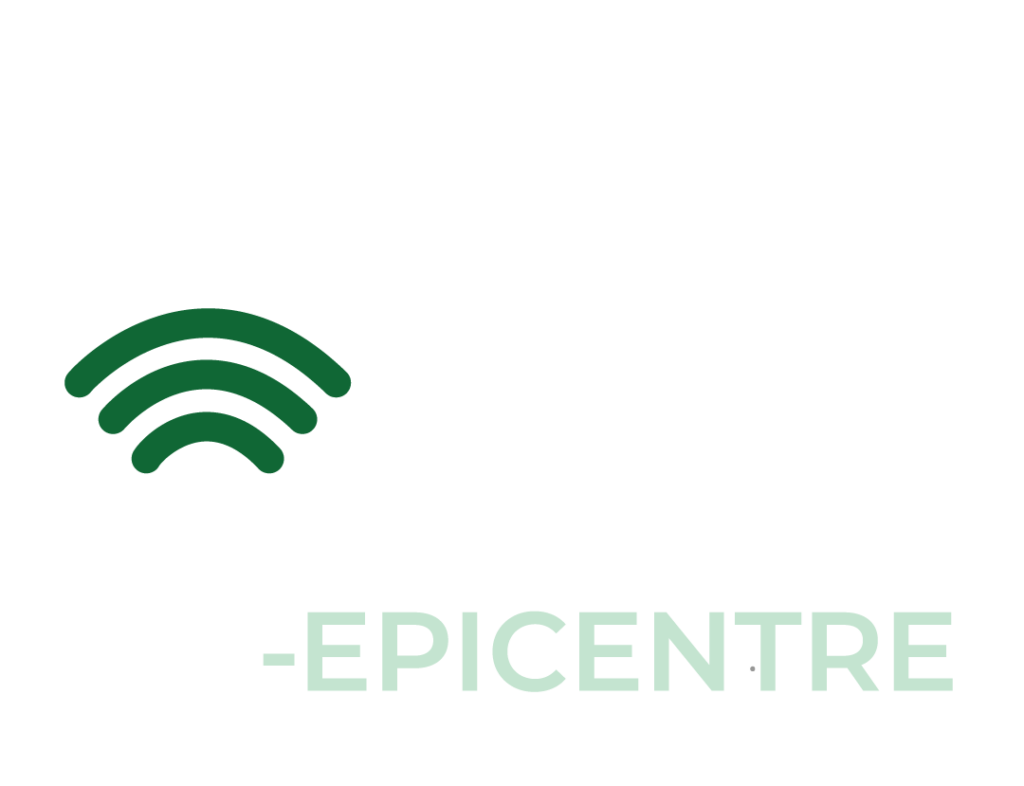Pilot Experiments
For the evaluation of the 5G-EPICENTRE platform, experimentation in the context of several first-party experiments (e.g. experiments deployed by consortium partners) is foreseen, which will be realized as a PPDR vertical. The purpose of these pilot experiments is to expand along the entire range of the 3 ITU-defined service types (i.e. eMBB, mMTC and URLLC), as well as to provide the floor for overseeing the platform’s secure interoperability capabilities beyond vendor-specific implementation. Toward this end, 5G-EPICENTRE has engaged SMEs and organizations, that will participate into the realization of the use cases, who constitute active players in the public security and disaster management market, thus acting as key enablers for the assessment of 5G-EPICENTRE with regard to the real needs that should be addressed. Finally, through the realization of these first-party experiments, KPIs relevant to 5G will be measured, especially those that pertain to services’ creation time.
5G-EPICENTRE Testbeds

Malaga
The UMA platform integrates a distributed K8s-based infrastructure with a multi-master multi-node architecture.

Aveiro
The Portugal experimental Facility-site is hosted by Altice Labs in Aveiro and has been built mainly in the framework of the H2020 ICT-17 5G-VINNI project.

Berlin
The testbed that is present at HHI incorporation of 5G-Berlin employs a 5G base station with mMIMO antenna capability operating in FR1.

Barcelona
The CTTC 5G testbed allows creating multiple testbed instances (TI). Each TI is a Network Function Virtualisation (NFV) ecosystem.
Success Story
Within the context of 5G-EPICENTRE, one of the major lessons learned concerns the agile deployment solutions for complex PPDR verticals. In undertaking the transition to virtualised, container-based solutions and adopting approaches like those outlined in the 5G-EPICENTRE project, daunting technical complications may arise.
To this end, the resolution of inter-cluster reachability in Kubernetes managed to address effectively one of the core aspects defined by the MCX standard, interoperability between different deployments, by creating campaigns for the coordination of agencies with their own independent MCX systems. This coordination has its own specific vertical-related issues, which are further explored in 3GPP TS 33.180 V17.9.0 (2023-03). For the complete guide on “Resolving inter-cluster reachability in Kubernetes” for PPDR Verticals from an MCX perspective click here.

Use Cases
5G-EPICENTRE will aim to address different PPDR operational scenarios through a series of first-party experimentation activities, each provisioned by a consortium partner, to act as piloting activities for the platform. For each use case, ingredients of each respective solution will be converted into CNF/VNFs and deployed to the orchestration environment of the 5G-EPICENTRE facilities. The goal will be to convincingly demonstrate a facility that is open enough to provide the network functionalities needed for the PPDR applications. Testing of key technologies such as network slicing and ultra-reliable low latency communication will be simplified by this approach. Each partner will then document their personal deployment experience in a VNF environment, the process of developing the VNFs, orchestration issues, marketplace preparation and demonstration results.
Use Case 2
Multi-agency and multi-deployment mission critical communications and dynamic service scaling
Use Case 4
